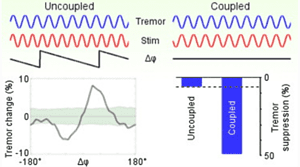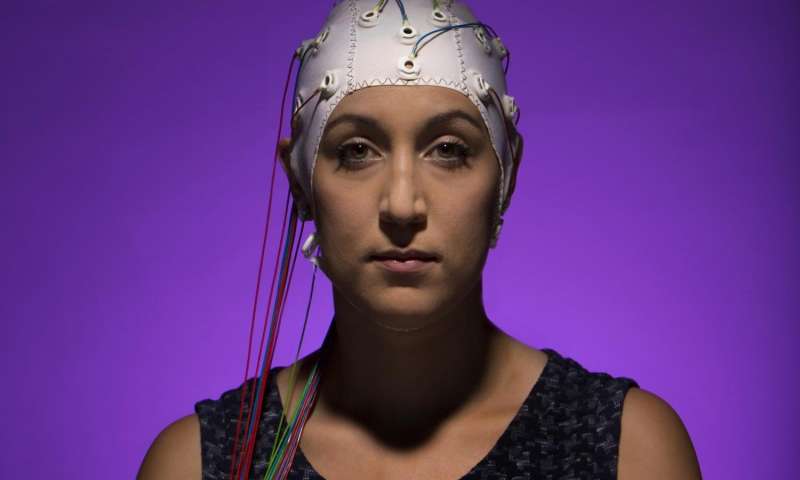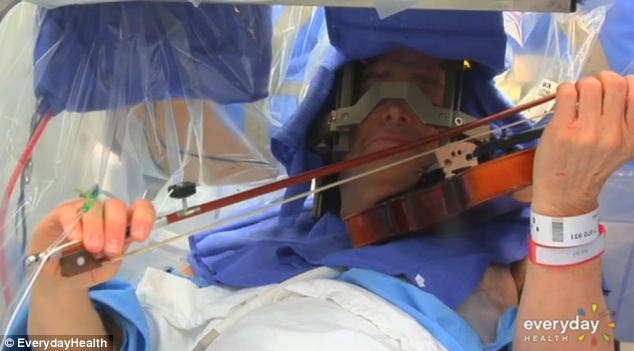
For most Parkinson’s patients, tremors associated with this devastating disease make living a normal life extremely difficult, if not impossible. Cooking, eating, even tying one’s shoelaces, basically anything that implies limb manipulation is very difficult to achieve by one’s self. A novel type of therapy developed by physicians at Oxford University, however, brings a glimmer of hope that Parkinson’s patients might have the chance at living a normal life once again; their findings showed a 50% decrease in tremors after applying an electrical current to key motor areas of the brain.
There are a number of drugs and treatments that address Parkinson’s tremors. However most patients don’t respond properly or only show mild improvements – far from enough. The best improvements in alleviating tremors have been found using deep brain stimulation, a technique that involves surgery to insert electrodes deep into the brain itself to deliver electrical impulses.
As you can imagine, this particular method isn’t really appealing to patients seeing how their skulls need to be open and have electrodes fitted inside the brain – not to mention the health hazards that might surface, like brain bleeding and the likes.
Oxford University researchers have reached much of the same or better results as brain stimulation using a method that does not imply surgery, by applying electrical signals with electrodes fitted on the scalp, instead of embedded inside the brain itself.
Cancelling Parkinson’s tremor causing brain waves

Called transcranial alternating current stimulation (TACS), the technique involves placing electrode pads on the outside of the patient’s skull, one close to the base of the neck and one on the head, above the motor cortex (part of the brain implicated in controlling the tremors).
The science behind it is simply mind-boggling. Basically, our brain operates in brain waves, so by stimulating the brain with matching waves, one can amplify that particular wave or, in the case of Parkinson’s caused tremor brain waves, cancel them out.
Thus, a small alternating current stimulation is passed through the electrodes that delivers an oscillating tremor signal at 180 out of phase to cancel it out, suppressing the physical tremor. As an analogy, some of you might be familiar with noise-canceling headphones: when you turn them on, the headphones detect ambient noise and deliver a signal that cancels it out so you basically don’t hear anything besides a faint beep. Achieving a similar effect, however, with particular brain waves is simply amazing!
The technique was tested on 15 people with Parkinson’s disease at Oxford‘s John Radcliffe Hospital, and resulted in a 50% reduction in resting tremors among the patients.
“Tremors experienced by Parkinson’s sufferers can be devastating and any therapy that can suppress or reduce those tremors significantly improves quality of life for patients. We are very hopeful this research may, in time, lead to a therapy that is both successful and carries reduced medical risks. We have proved the principle, now we have to optimize it and adapt it so it is able to be used in patients.”
Now, the next step the researchers plan on making is to devise electrodes small, yet still potent enough to work, that can be implanted beneath the skin of patient’s skull, as well as a portable system that detects the brain signal and adjusts the delivered stimulation to cancel it out.
Findings were reported in the journal Current Biology.






